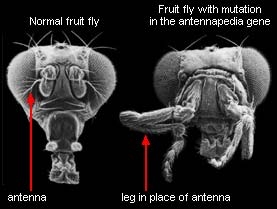

I recently had a course in developmental biology and this is what I can remember the best:
From the moment of fertilization, the egg has a ‘polarity’, thus a direction like up and down, left and right etc. This can be established by e.g. the entry point of the sperm or protein produced by the mother in one side of the egg. From here on out protein gradients and interactions on cell membranes specify where cells are and thus what kind of tissue they should become
This early polarity leads to a certain pattern of cell division. An important part of this is the folding in of tissue layers called gastrulation, creating the beginning for the gastrointestinal tract.
In vertebrates a streak starts to form in the embryo. This is the start of the vertebrae and the neural tube in it. Also blocks of cells called somites start to form. These blocks are very important for all kinds of tissues in the body.
Hox genes make the cells in somites get an identity like head, arm etc. So in the end Hox genes are probably what you are looking for. If leg Hox genes are expressed where fruitfly normally have antennae, you get this horror:



You should listen to your medical professional.
Also, I think schizophrenia often comes with paranoia so it would make sense for you to distrust anyone including your psychiatrist.